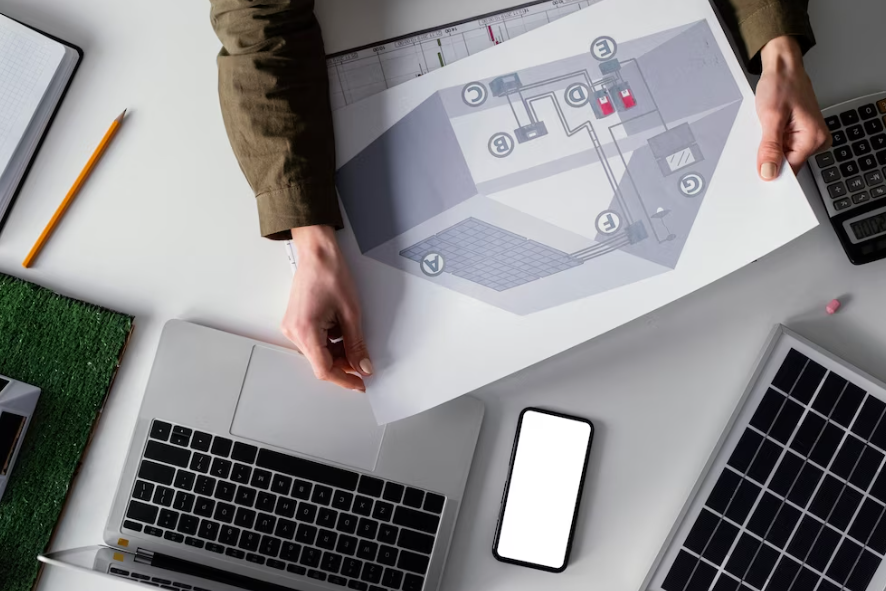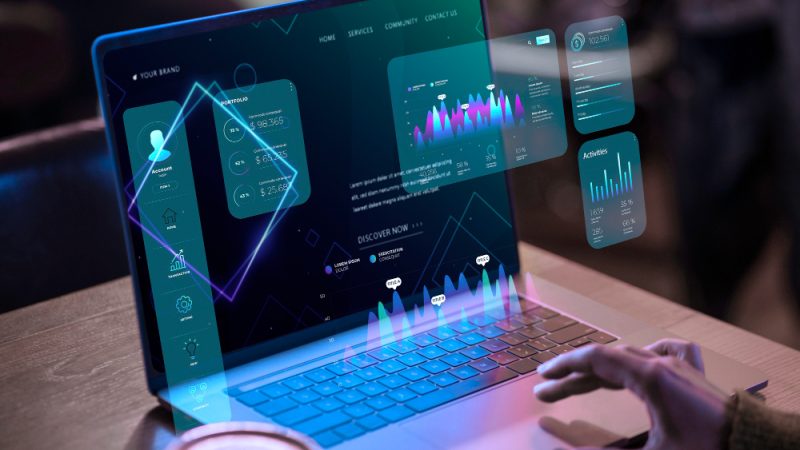Technology and Architecture. Are they related?

Architecture and technology are two fields that have traditionally been considered separate, but in the digital age, they are converging in significant ways. Technology has found its place in architecture, transforming the way the built environment is designed, built and experienced. This fusion between technology and architecture opens up exciting new possibilities and challenges for professionals in both fields.
Architecture, as a discipline, has long focused on designing and creating physical spaces that are functional, aesthetically pleasing, and appropriate for the needs of the people who inhabit them. Technology, on the other hand, has revolutionized the modern world with advances in computing, communication and automation. As technology advances, so do the possibilities of applying it to the field of architecture.
Digital architecture. What is digital architecture?
One of the ways in which technology is transforming architecture is through digital architecture. Digital architecture refers to the use of digital tools and technologies in the architectural design process. Floor Plan Software, virtual reality, high quality rendering and simulations are just some of the technologies used in this field. These digital tools allow architects to visualize their designs more accurately and realistically, facilitating communication with clients and stakeholders. In addition, digital architecture allows for the exploration of bolder and more creative ideas, as it gives architects the ability to experiment and test different designs virtually before their physical construction.
Intelligent Buildings
Smart buildings are those that integrate advanced technology to improve energy efficiency, safety and occupant comfort. Sensors, automation systems, intelligent lighting and energy management are just some of the features of smart buildings.
These technologies enable precise and efficient control of building systems, resulting in lower energy consumption and an improved user experience. In addition, smart buildings can adapt and respond to the changing needs of their occupants, creating more flexible and personalized living spaces.
Technology is also impacting the way buildings are constructed. Modular construction, 3D printing and the use of drones for site inspection and monitoring are just a few examples of technological innovations in the construction industry. These technologies enable faster, more efficient and accurate construction, reducing costs and waste. Modular construction, for example, involves manufacturing prefabricated components in a controlled environment and then assembling them at the construction site. This not only speeds up the construction process, but also ensures higher quality and consistency in projects.
Interactivity and user experience
Augmented reality and virtual reality are increasingly being used to create immersive experiences in architectural environments. These technologies allow users to experience and visualize the design of a building prior to its construction, making it easier to make decisions and understand how the space will look and feel once completed. In addition, automation systems in buildings allow occupants to control and customize their environment, adjusting lighting, temperature and other aspects according to their individual preferences. Online room planner have also made a big impact as they allow for customer participation in the design process.
Sustainability and energy efficiency have also
The integration of renewable energy systems, intelligent lighting management and performance-based design are some examples of how technology is helping to reduce the environmental impact of buildings and promote more sustainable design practices.
The future of technology and architecture is promising. Artificial intelligence, machine learning and virtual reality are expected to have an even greater impact on the way the built environment is designed, built and experienced.
Collaboration between technology and architecture professionals is becoming increasingly important, as both disciplines can benefit greatly from each other’s expertise and knowledge.
Summary
The convergence of technology and architecture is transforming the way we design, build, and live in built spaces. From digital design and smart buildings to technology-enabled construction and user experience, technology is playing an integral role in contemporary architecture. With a focus on sustainability and efficiency, as well as emerging trends and interdisciplinary collaboration, the future of technology and architecture promises exciting advancements and innovative solutions for the built environment.






